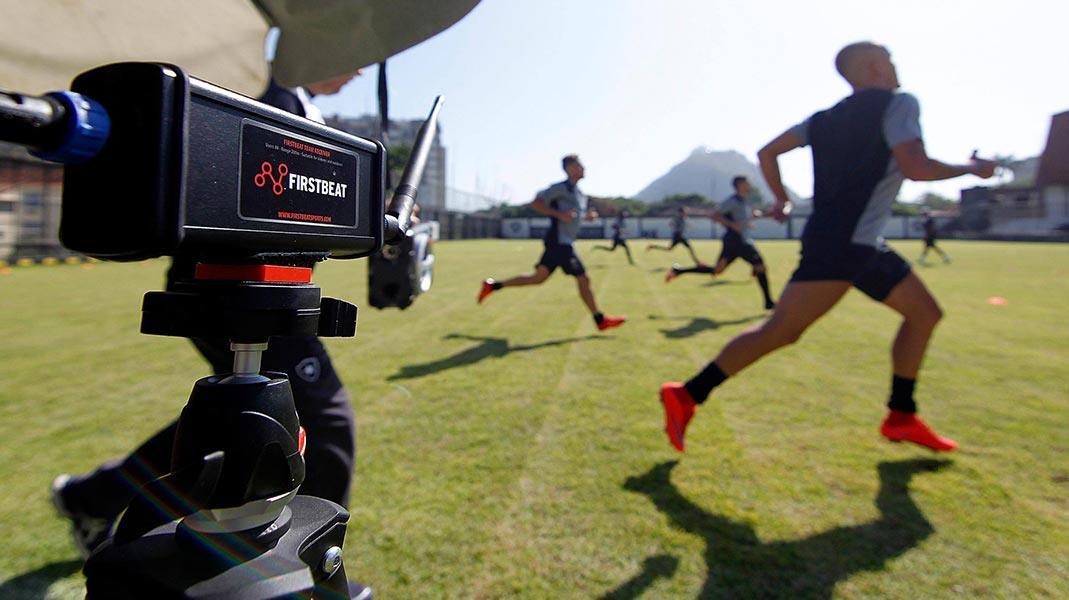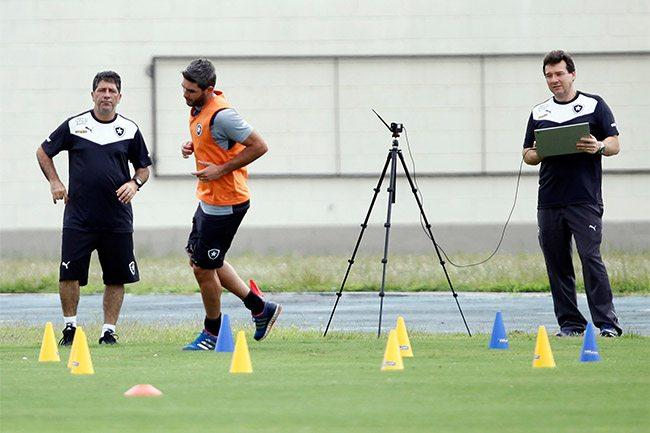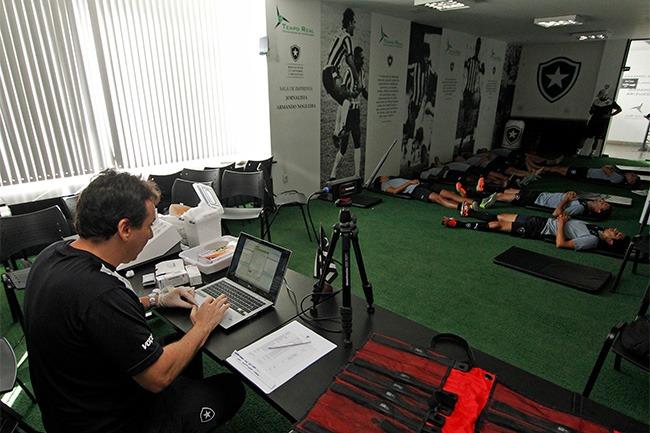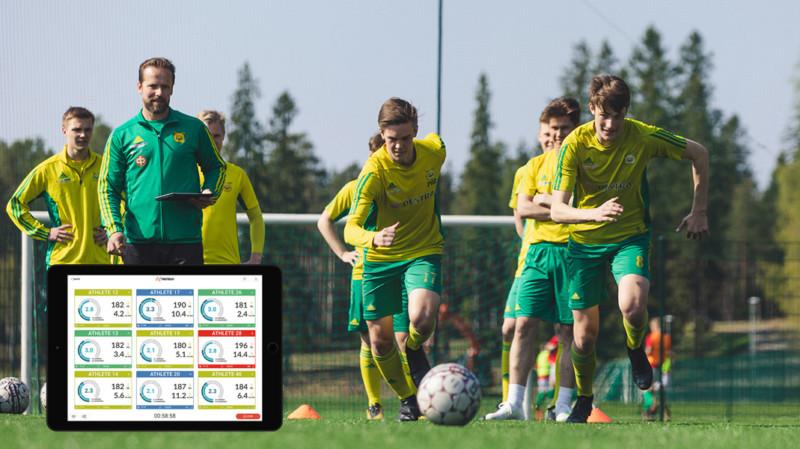
Botafogo is among an increasing number of Brazilian soccer teams enjoying the benefits of an increased focus on sports technology. According to team physiologist Manoel Coutinho, a large portion of the team’s recent success are attributable insights provided by Firstbeat Sports. Better control over training loads and recovery data have improved player fitness levels and contributed to a sharp decline in player injuries.
The result is a more informed approach to training that ensures the best team stays on the field.
“When I joined the team in May of 2015, the team was already decimated by injuries sustained in the early months of the season,” Coutinho recalls. “The most important part of our schedule hadn’t even begun and there were a number of injuries on the books. This was a situation that needed immediate action and it was clear to me that we needed to start by looking at how our training loads were impacting individual players.”
Interested in learning how Firstbeat’s Quick Recovery Test is applied in soccer? Listen to the Firstbeat Sports Podcast
An individualized approach to preparation allows coaches to get the most out of the diverse set of players that constitute a team. “Soccer is one of the most democratic sports there is in the world,” Coutinho points out. “We have tall players, shorter players, fast players and slower players, but each one can contribute to the success of the team. And while it is easy to see external differences, it important to remember that internal physiology also varies quite a lot from player to player.”

Just because players participate in the same practice sessions and perform similar drills doesn’t mean that their bodies react to the experience in the same way. “There are athletes on our team with resting heart rates in the 40-50 bpm range and others who despite being in good shape don’t get anywhere near those levels,” he explains. “And in terms of HR-max we have players that top out 170 and others closer to 220. So even from that you can see that raw heart rate data needs to be placed into the context of an individual before it can becomes useful for making training decisions.”
As the Head of Firstbeat Sports Veli-Pekka Kurunmäki explains, “One of the things that makes our analytics so powerful is the way they provide the information trainers need to implement an approach to their work that accounts for the unique physiological profile of each player. When it comes to getting the most out of each athlete, you have to start with the most relevant data, and that involves understanding what is actually happening inside the individual.”
Training Effect scores are a good example of how Firstbeat’s analytics deliver highly personalized information that take the guesswork out of coaching decisions. “Training Effect is one of the best tools we have for translating complex variables into something we can monitor and control,” says Coutinho. For this metric a combination of heart rate and heart rate variability analysis are used to describe the accumulated intensity of exercise on fitness levels, making it easy to see if fitness levels are improving, being maintained, or when an athlete is overreaching and at increased risk of the harmful effects of overtraining.

The ultimate question for any sports franchise is how this work translates to results on the field, and Botafogo has wasted no time showing that they are on the right path. In 2015, the squad earned promotion from Serie B to Serie A, Brazil’s top elite professional league. And with only a few weeks remaining in the 2016 season, Botafogo has proven that they belong among Brazil’s best with a winning record that will guarantee a finish near the top of the league.
Pictures in the post by Vitor Silva, the official photographer for Botafogo
If you liked this article, you should subscribe to our mailing list.
You might also be interested in

Movement Load: Add Valuable Context to Internal Load Data
Movement Load metric allows you to quantify the movement of your athletes using the Firstbeat Sports platform. But what exactly is Movement Load? What should you do with information it…

Maximizing Athletic Performance with Lap Management: A Comprehensive Guide
Unlocking the full potential of your athletes and optimizing training requires a strategic approach. The Lap Management tool is your key to achieving this. In this comprehensive guide, we’ll explore…

Gaining Athlete Buy-In – Ideas and Strategies for Successful Monitoring
The key to any successful monitoring strategy in sports is having buy-in from the athletes. Without athlete buy-in, it will likely be difficult to get reliable and valid data. Of…



